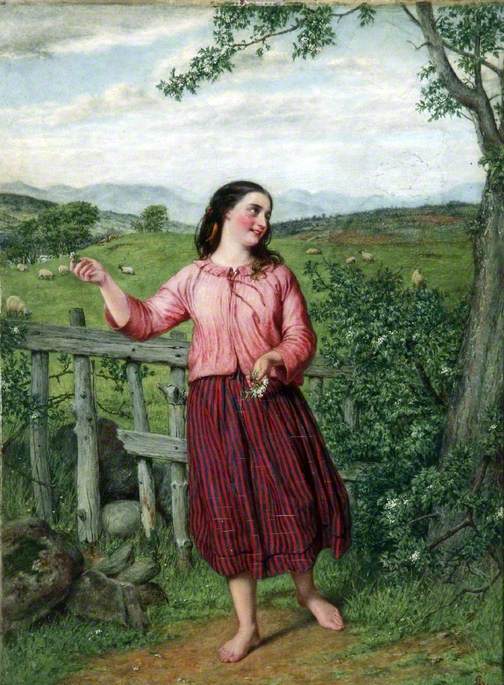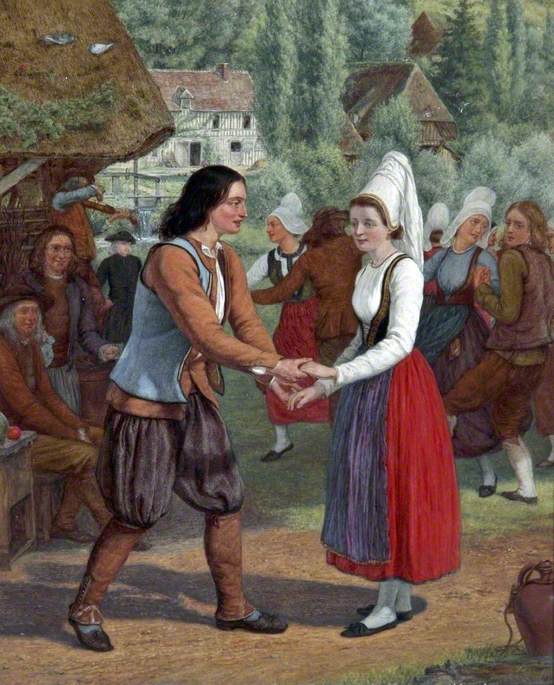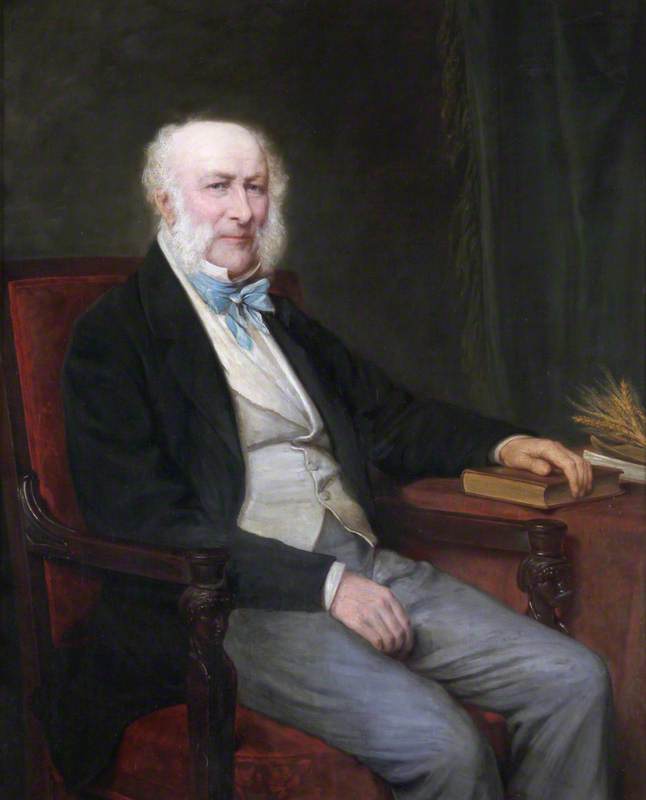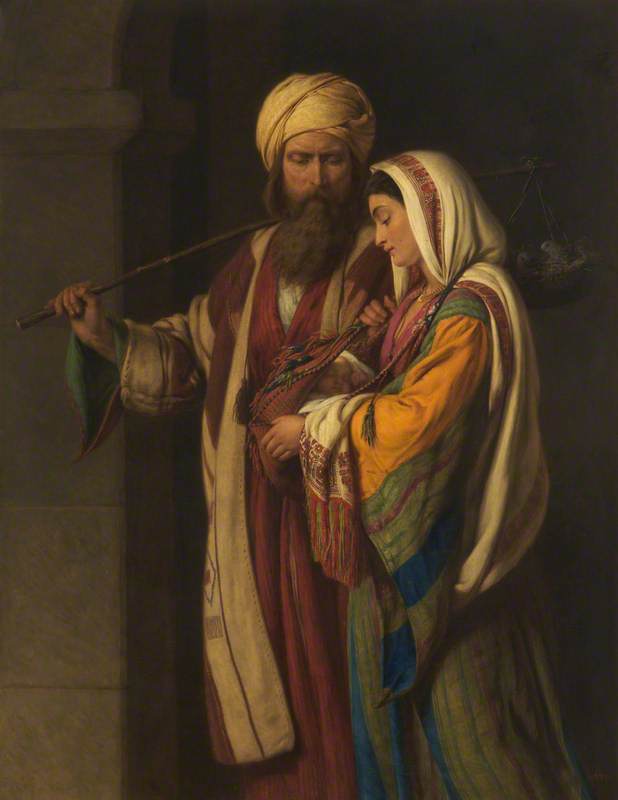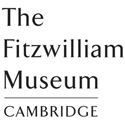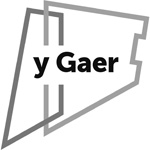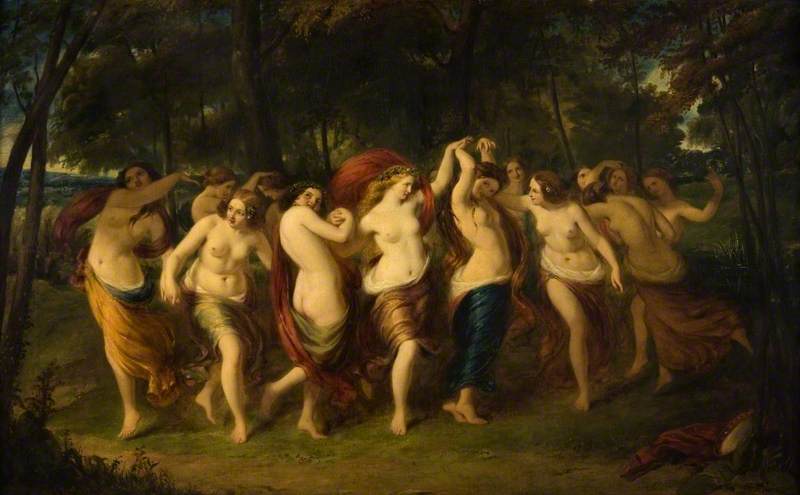
Gale was the younger child of William Gale, a London timber merchant, and his wife Ann Crossley Gale (née Williams, c.1787–1859), who married at Malmesbury, Wiltshire on 22nd August 1815. Preceded by an elder sister, Mary Ann, he was born at 16 Harcourt Street, Marylebone, on 16th January 1823 but was only formally baptised there on 15th March 1844. He attended Brompton Grammar School, then Henry Sass’s Art Academy in Charlotte Street to train as a painter. This was an established route into the Royal Academy Schools, where he was admitted in 1841 and became a successful student, winning three silver medals. The first two, in 1844, were for the best copy in the School of Painting and the best drawing from the living model. He also made a strong exhibiting debut in 1844 with Study of a Head at the Society of British Artists, Christ and the woman of Samaria at the British Institution, and The Prodigal Son and A Study at the RA. His third Academy Schools medal was for the best chalk drawing from the living model, awarded in 1845, when his RA exhibits were A study of heads and Young Celadon and his Amelia.
On 28th August 1851 Gale married at St Marylebone to Mary Warner Chubb, daughter of a Fordingbridge corn merchant and maltster, and made a long honeymoon visit (at least a year) to Italy, during which he was based in Rome and sent home An Italian Girl and Study of a head for exhibition at the Academy in 1852. Among later Italian subjects Naples, 1859 (RA, 1861) was his last dated view, though without other evidence he returned to Italy after 1851. Two visits to Palestine and Syria in 1862 and 1867 provided the basis for later biblical and other subjects, and he was also reported to have twice visited Algiers: pictures set there began appearing at the RA from 1876. Since the Art Journal for April 1876 (vol. 15, p.127) noted him as then absent there, that was presumably his second visit and the first perhaps one or two years earlier. An RA canvas of 1864, titled Poland, 1863, is unaccountable in terms of known travel.
Despite Gale’s impressive student and exhibiting record, and apparent success, he did not gain even Associate membership of the RA, though he was on the nomination list (then of 108) in 1874 and the Art Journal in 1876 (p.98) included him in a shorter one – many later elected – on whose long exclusion it expressed ‘indignation’. Gale’s was also surprising given that, for 16 years, he was a keen member of the early Artist Rifles, the volunteer militia formally created in 1860 with Frederick Leighton RA (and PRA 1878–1896) as its early commander, and under whom he became one of the officers. His only other known artistic membership was of the Graphic Society, of which he was noted as ‘able’ Honorary Secretary in 1876. The Society (est. 1833) wound up in 1890 and how long he held the post remains to be clarified.
References to Gale as a Pre-Raphaelite painter go back to at least the catalogue notes of the loan exhibition of about 40 of his works at Bristol City Art Gallery, organised from February to May 1914 by its Superintendent, Richard Quick. While the style parallels are clear and Gale was then recorded as having been a friend of and influenced by Dante Gabriel Rossetti in particular, the label has not firmly stuck. He does not appear, for example, in even Wikipedia’s long list of artists (2022) loosely associated with the Pre-Raphaelites, despite its separate short biographical entry calling him one. His Middle Eastern work has also seen him labelled an Orientalist but that was only one aspect of his subject range in which the common thread, beyond colourful technical skill, was sentimental appeal to the contemporary market.
Gale and his wife Mary (1830–1891) had four children. The eldest, Mary Ann, was born in 1853 but only appears in the 1861 census. Her sister Caroline, the youngest, also only lived to 24 (1873–1897). The younger of the two boys in between was Benjamin Chubb Gale (1867–1936). The elder, William Joseph Gale, born in 1858, went out to Haifa in early 1877, the year he was 19, where he ‘engaged in farming operations with Mr C. Oldorf of the Germany Colony’. That September, with an English friend called Walker, he made a visit to Nazareth but owing to Walker remaining longer because unwell, and other accident, found himself returning alone along the potentially dangerous Haifa road. Though armed with a revolver, he appears to have been resting in a wood bordering the village of Tuban when he was attacked, murdered and stripped by unidentified robbers. Only parts of his body and clothing were found.
This disaster may have contributed to the apparent later breakdown of Gale’s marriage. At the 1881 census his wife had already returned to her family at Fordingbridge and that of 1891 (taken on 5th April) shows her living on her ‘own means’ at Leckhampton Villa, Avenue Road, Weymouth, with their younger daughter, Caroline. She died shortly afterwards at 2 Brunswick Terrace, Weymouth, on 28th April 1891 and though her probate notice calls her ‘Wife of William Gale’ he was not one of her executors.
At the 1891 census, and from 1889 when it became his exhibiting address, her husband appears to have been living as a ‘visitor’ with two independent unmarried sisters called Trumper at ‘The Hawthorns’ on Catford Hill (Lewisham). His last RA exhibiting address, starting from 1891, was 7 New Court, Lincoln’s Inn, but this was probably that of his solicitor, since he was still a ‘visitor’ with the Trumpers – by then in Twickenham – at the 1901 census.
His last known exhibition was a solo show at the Gainsborough Gallery, 25 Old Bond Street, in July 1895. It included some earlier exhibited oils, Eastern sketches, and red-chalk female head drawings, but its main content was ‘between thirty and forty paintings of Orchids …drawn with the greatest delicacy and natural accuracy’ (The Studio, 20th July 1895). There were also sketches in the Swiss Oberland, including the Lauterbrunnen Valley, presumably made on a recent visit there.
Gale’s eyesight subsequently deteriorated and in 1914 he was reported to have become blind in his last few years. In 1905 he was living at 13 Sinclair Mansions, Hammersmith, and on 2nd October, at St Matthew’s there, aged 87, he remarried to 47-year-old Louisa Georgina Chilcott Gale (1858–1936). Her father – noted in the register, like his, as a ‘William Gale deceased’ – was a Wiltshire farmer and corn merchant and she was presumably a (perhaps second) cousin of her new husband.
Four years later, on 10th October 1909, Gale died aged 91 at their home, ‘Innellan’, Cavendish Road, Sutton, Surrey. Probate of just over £423 on his ‘effects’ was granted to his widow and in 1914, as ‘Mrs Georgina Gale’, she lent at least six of his paintings to the Bristol retrospective exhibition. Several of them were previously exhibited works dated from at least as early as 1865 to his last Academy entry, A Girl of Nazareth of 1893.
Summarised from Art UK's Art Detective discussion ‘Who painted Charles Morgan, 1st Baron Tredegar?’
Text source: Art Detective

